

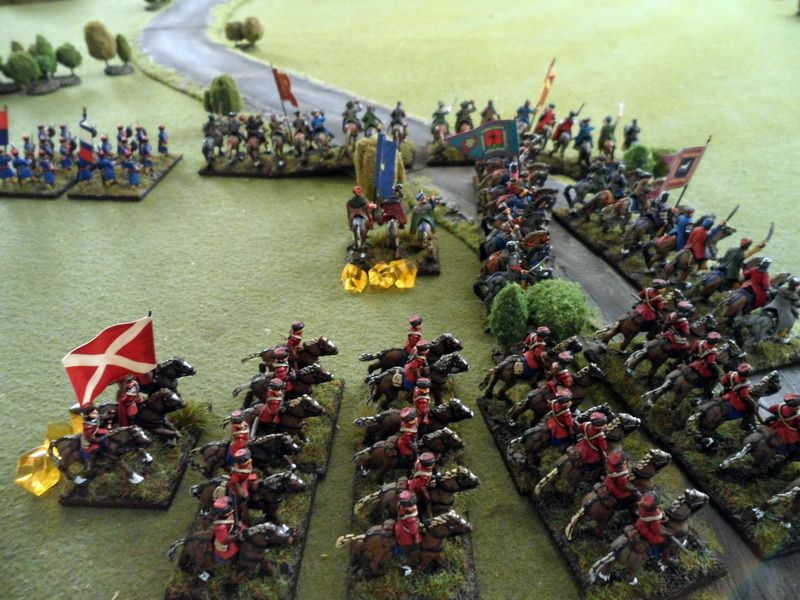 Played a huge By Fire & Sword battle over at my friend Thomas house this weekend. We had also read up on all the rules, prepared laminated quick reference sheets for all the units to minimize the time it would usually take to reference stats from the main rulebook. We also made a quick reference sheet covering the most important stuff, like close combat resolution, all sub-steps of each turn etc.
Played a huge By Fire & Sword battle over at my friend Thomas house this weekend. We had also read up on all the rules, prepared laminated quick reference sheets for all the units to minimize the time it would usually take to reference stats from the main rulebook. We also made a quick reference sheet covering the most important stuff, like close combat resolution, all sub-steps of each turn etc.The game was planned a few weeks in advance so we were pretty prepared. We also went through some of the rules and special rules before the proper battle started - for instance checking how the Caracole would play out, the real way of playing Pike&Shot units which we had misunderstood in previous battles, how to move cavalry in open order, talking through all the additional rules for using pistols in close combat, keep track of unit ammunition etc.
We had played this game a bunch of times before but this was probably the most focused and accurate game session we've had to date. I also made adjustments to my playing style and unit handling, taking on tips from the By Fire & Sword forum, more about that later.
The army composition was as follows:
Polish-Lithuanian "Crown" army
General with 4 command
Polish light cavalry regiment (12 cossack cavalry bases + commander with 3 command)
Polish elite Crown cavalry regiment (6 cossack, 6 Pancerni, 3 Winged Hussar cavalry bases + commander with 3 command)
Polish veteran dragoon regiment (8 bases + commander with 3 command)
Polish mercenary infantry regiment (Royal Life Guards) (8 muskets, 4 pikes, commander with 3 command)
2 banners of Polish-Hungarian infantry (6 stands)
Artillery battery of 3x Falcon 3pdr guns and 1x 3pdr regimental gun with Artillery commander with 2 command
The army was also supplied from the Polish treasury for additional points so that it would not suffer negative effects of disgruntlement.
Total army size was 42points
.. .. .. .. .. ..
Swedish "Garrison" army
General with 4 command
2x Swedish national infantry regiments ( each with 8 musket, 4 pike, 1 3pdr regimental gun and commander with 3 command)
2x German mercenary infantry Old type ( each with 8 musket, 4 pike, 1 3pdr regimental gun and commander with 3 command)
1x Swedish Reiter regiment with pistols (6 bases armoured, 6 bases unarmoured and commander with 3 command)
Artillery battery with 2x 6pdr guns and artillery commander with 1 command
Total army size was 42points
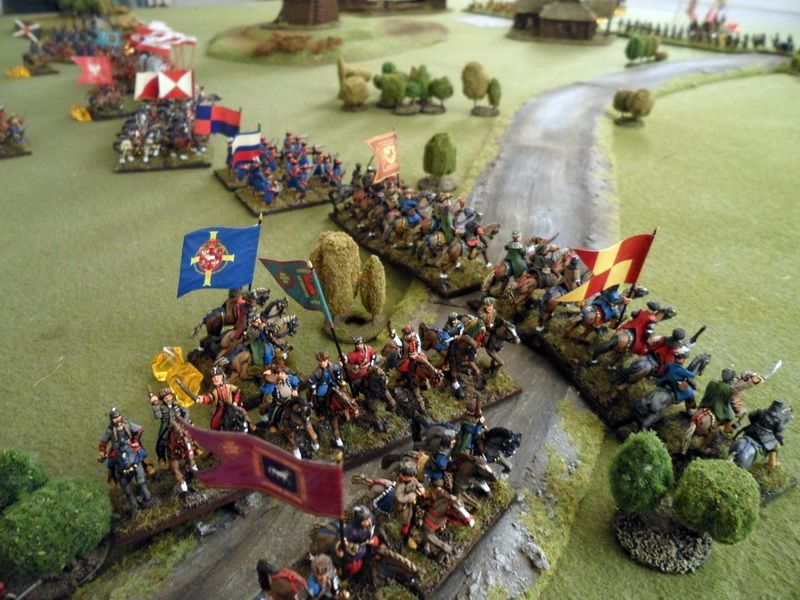

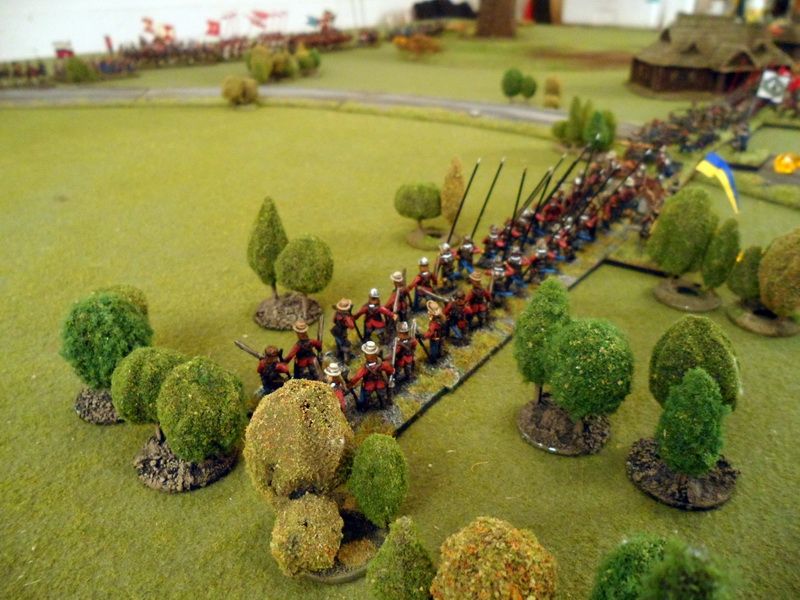 ........................................
........................................ Equally strong, the two armies stumbled across each other on the open fields near a small village. Neither side had sent out any reconnaissance party so both armies started the battle in a pretty awkward and cramped situation and would have to fan out towards the sides in order to outmaneuver the opponent.
Equally strong, the two armies stumbled across each other on the open fields near a small village. Neither side had sent out any reconnaissance party so both armies started the battle in a pretty awkward and cramped situation and would have to fan out towards the sides in order to outmaneuver the opponent. 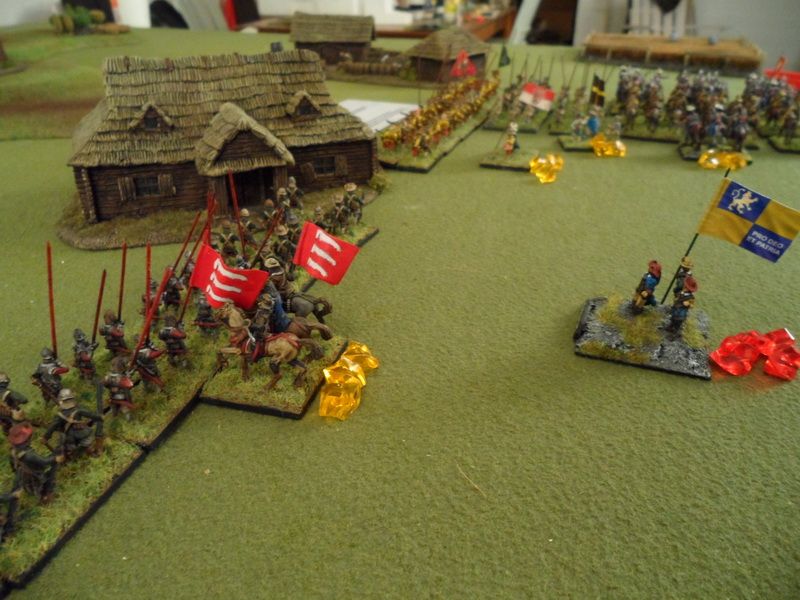 The Swedish army formed a main battle line of German Old type infantry and the 6pdr guns while the Reiters and the National infantry moved towards the Polish left flank. The Polish army, mainly made up of massed cavalry deployed most of its force in smaller companies and loose formation to increase maneuverability and to ensure that at least some of the units reached the enemy line and overwhelmed them with sheer numbers before the mass of infantry regrouped into a better defensive position. Only two squadrons were formed, one with cossack and one with Pancerni cavalry. These were to provide a durable ram while the smaller companies would swarm the enemy from all flanks whenever possible.
The Swedish army formed a main battle line of German Old type infantry and the 6pdr guns while the Reiters and the National infantry moved towards the Polish left flank. The Polish army, mainly made up of massed cavalry deployed most of its force in smaller companies and loose formation to increase maneuverability and to ensure that at least some of the units reached the enemy line and overwhelmed them with sheer numbers before the mass of infantry regrouped into a better defensive position. Only two squadrons were formed, one with cossack and one with Pancerni cavalry. These were to provide a durable ram while the smaller companies would swarm the enemy from all flanks whenever possible.Turn limit was set to 8 turns. Limited ammunition rule was also in play.

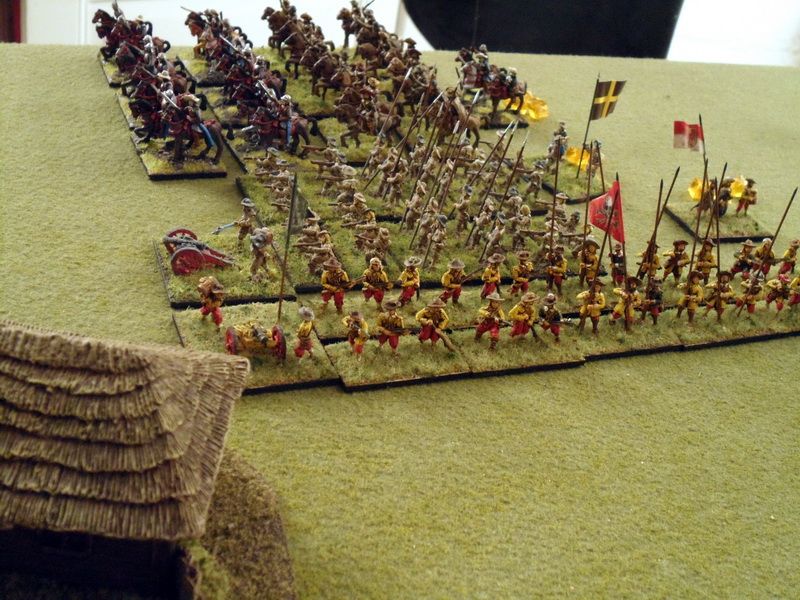 Like awakening giants the armies started to move slowly, spreading out on the battlefield. The main Polish force was deployed so that it would strike at the right flank with cossack cavalry and dragoons and at the center with Pancerni, Winged Hussars and cossack cavalry. The Polish left flank was held by the infantry regiment supported by the artillery, they were to guard the flank from the huge formation of Swedish reiters moving towards their position.
Like awakening giants the armies started to move slowly, spreading out on the battlefield. The main Polish force was deployed so that it would strike at the right flank with cossack cavalry and dragoons and at the center with Pancerni, Winged Hussars and cossack cavalry. The Polish left flank was held by the infantry regiment supported by the artillery, they were to guard the flank from the huge formation of Swedish reiters moving towards their position.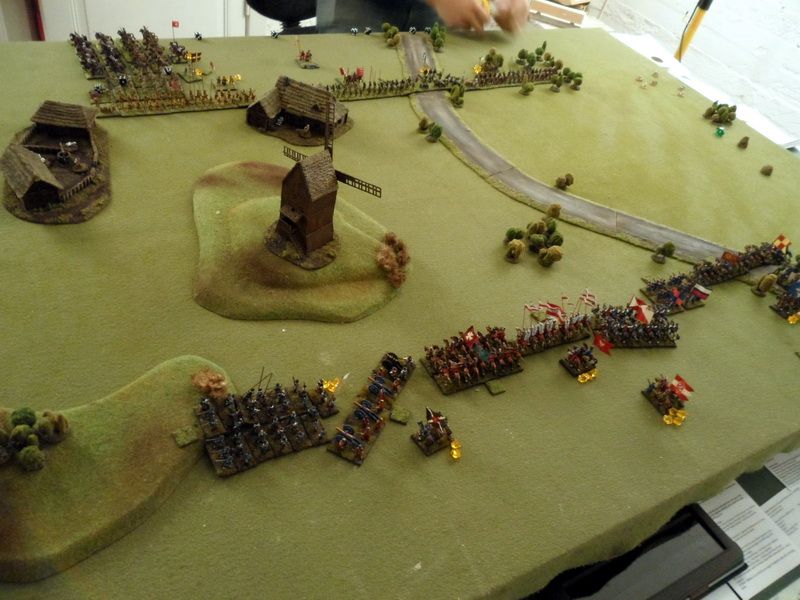 Dozens of banners waved in the wind as the horde of cavalry started its rapid movement towards the stoic line of Swedish infantry which began its cannonade, strafing cavalry units with round and case shot alike. Infantry with Spanish muskets also opened up fire, but the long range combined with the open order in which the cavalry was riding caused few casualties.
Dozens of banners waved in the wind as the horde of cavalry started its rapid movement towards the stoic line of Swedish infantry which began its cannonade, strafing cavalry units with round and case shot alike. Infantry with Spanish muskets also opened up fire, but the long range combined with the open order in which the cavalry was riding caused few casualties. As the Poles closed some units readied themselves for the charge while others kept riding and firing a mix of bow and musketoon fire hoping to soften up the Swedish lines a little before the clash.
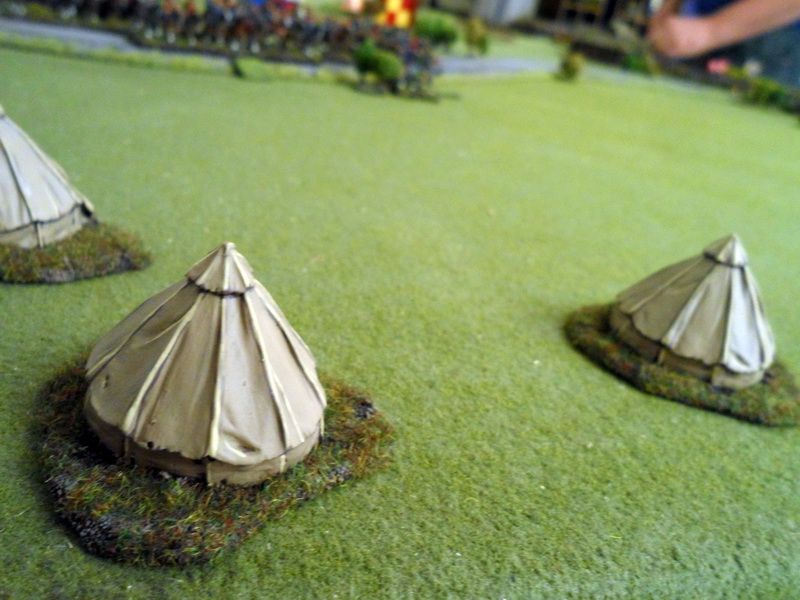 The Swedish artillery became more and more efficient, clipping riders and reducing some companies in efficiency, but the overwhelming number of individual units proved too much for the Swedes to handle and soon the cavalry came crashing into their position in total mayhem. Musketeers retreated as Pikemen ran up to receive the charge, but Polish cavalry rode past the sides and hacked away on retreating and defending units alike, pistols and muskets were fire at close range, cavalry skewered on pike and a chaotic melee made the Swedish right flank explode into motion as some Polish companies broke away from the fight while others pursued fleeing Swedish infantry.
The Swedish artillery became more and more efficient, clipping riders and reducing some companies in efficiency, but the overwhelming number of individual units proved too much for the Swedes to handle and soon the cavalry came crashing into their position in total mayhem. Musketeers retreated as Pikemen ran up to receive the charge, but Polish cavalry rode past the sides and hacked away on retreating and defending units alike, pistols and muskets were fire at close range, cavalry skewered on pike and a chaotic melee made the Swedish right flank explode into motion as some Polish companies broke away from the fight while others pursued fleeing Swedish infantry. 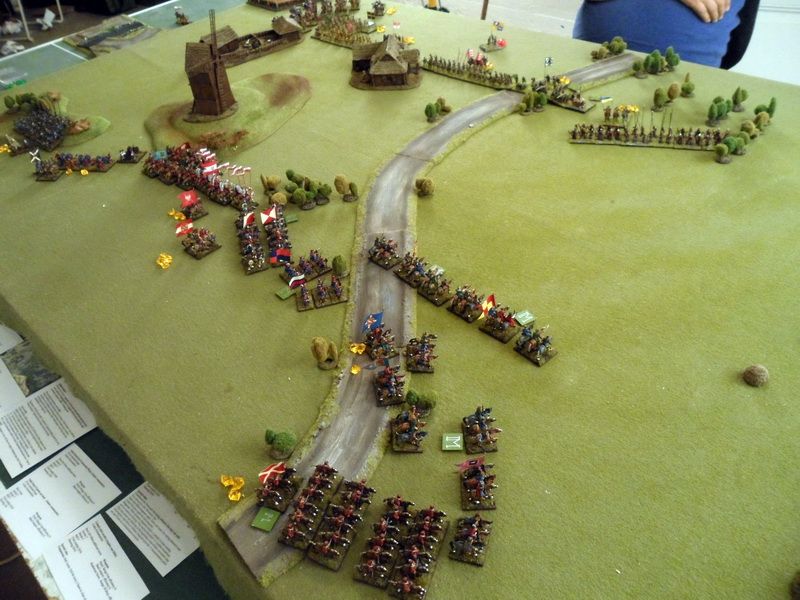 More artillery fire from the Swedish 6pdr's was delivered, clipping riders of the next wave this time aiming at the very center of the Swedish line. Pancerni and Winged Hussars crashed into another regiment which again sent the brave armoured Pikemen to handle
More artillery fire from the Swedish 6pdr's was delivered, clipping riders of the next wave this time aiming at the very center of the Swedish line. Pancerni and Winged Hussars crashed into another regiment which again sent the brave armoured Pikemen to handle 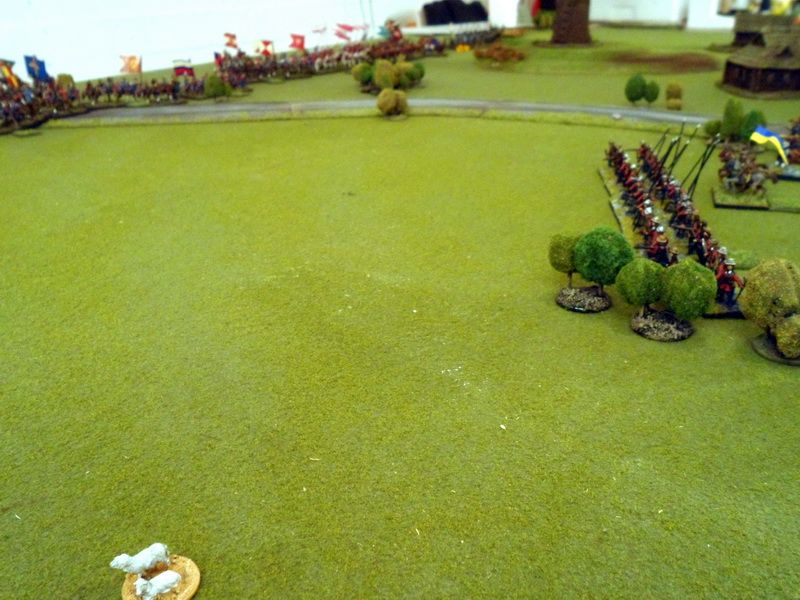 the cavalry and negate the momentum of the charging cavalry. The armoured pikemen defended themselves valiantly, and much of the charge was halted enough for the Swedes to fall back in an organized manner and continue the defense a few yards away where the regiment once again managed to stay organized and keep their line pretty intact from the medium and heavy cavalrymen firing pistols and swinging swords and warhammers their way.
the cavalry and negate the momentum of the charging cavalry. The armoured pikemen defended themselves valiantly, and much of the charge was halted enough for the Swedes to fall back in an organized manner and continue the defense a few yards away where the regiment once again managed to stay organized and keep their line pretty intact from the medium and heavy cavalrymen firing pistols and swinging swords and warhammers their way.The utter chaos that had occurred due to units charging left and right, pursuing fleeing and repositioning enemy units and companies riding around on the flanks had left the whole Polish center and right flank one big mess. Commanders were able to rally and regroup the few units that were fleeing, but they were now hard pressed to issue orders to their men that were far away and out of command distance.
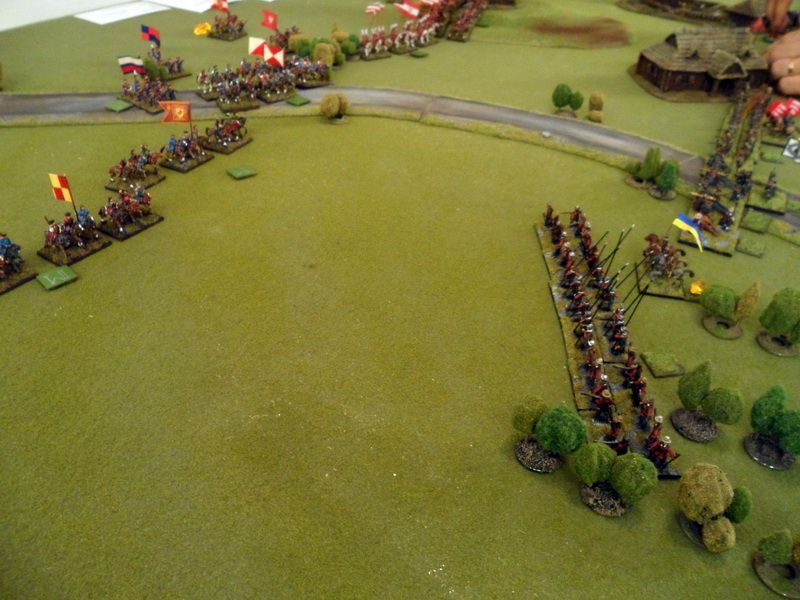
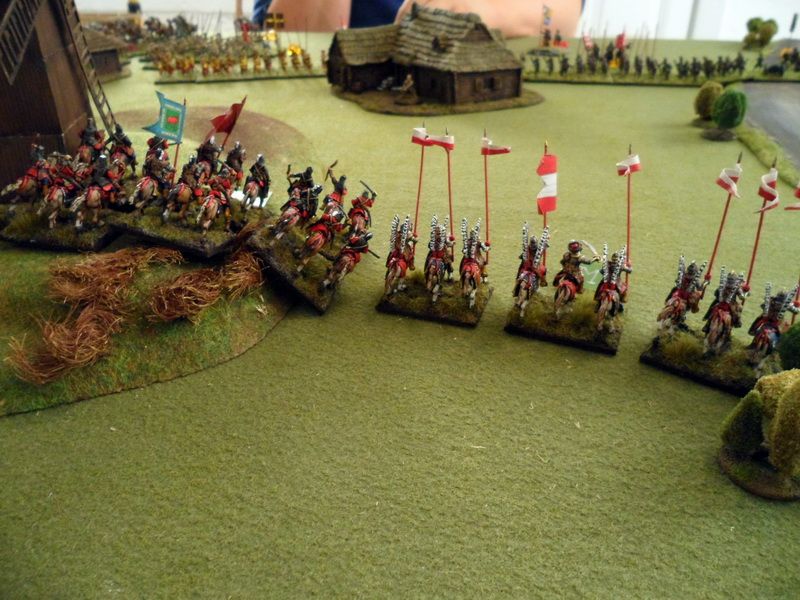 Meanwhile the Polish left flank was vulnerable and readied itself for the imminent contact with the dreaded Swedish Reiter cavalry. Having initially taken up position on a small hill the Polish infantry was in a bad spot once the Swedes raced past them - too far away to be hit by Polish case shots from the artillery. Before the Poles had time to fully turn their large formation around the Swedes started performing a Caracole with both their squadrons. Riding back and forth firing their pistols at the infantry the Swedish side quickly inflicted enough casualties to force the Poles to roll regimental morale tests - which they managed to pass against increasingly bad odds.
Meanwhile the Polish left flank was vulnerable and readied itself for the imminent contact with the dreaded Swedish Reiter cavalry. Having initially taken up position on a small hill the Polish infantry was in a bad spot once the Swedes raced past them - too far away to be hit by Polish case shots from the artillery. Before the Poles had time to fully turn their large formation around the Swedes started performing a Caracole with both their squadrons. Riding back and forth firing their pistols at the infantry the Swedish side quickly inflicted enough casualties to force the Poles to roll regimental morale tests - which they managed to pass against increasingly bad odds.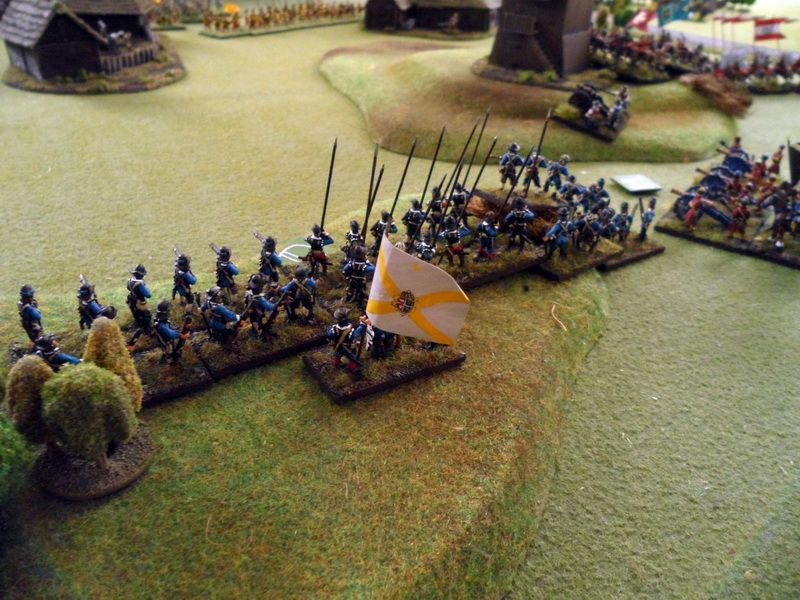 Back in the chaotic top right and center the Poles had managed to bring down one regiment and scatter its remnants, and then do the same with the other German mercenary Old Type regiment. The Swedish force morale had taken a severe hit across all regiments, the Poles on the other hand had lost over 50% of their best cavalry regiment and were too rolling regiment morale. Finally the Polish infantry, with 2 bases left, after having stood its ground for 2 devastating turns fled the field. And with the infantry all of the Polish artillery left as well. The battlefield dynamic had shifted the battle line from being horizontal to a vertical position on the table.
Back in the chaotic top right and center the Poles had managed to bring down one regiment and scatter its remnants, and then do the same with the other German mercenary Old Type regiment. The Swedish force morale had taken a severe hit across all regiments, the Poles on the other hand had lost over 50% of their best cavalry regiment and were too rolling regiment morale. Finally the Polish infantry, with 2 bases left, after having stood its ground for 2 devastating turns fled the field. And with the infantry all of the Polish artillery left as well. The battlefield dynamic had shifted the battle line from being horizontal to a vertical position on the table. 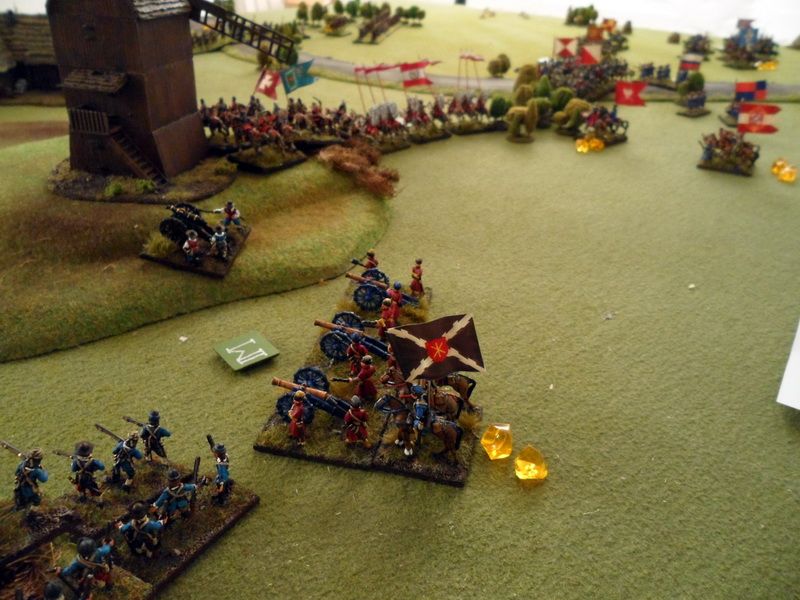 Beaten up the Crown regiment was pulled from action and moved towards friendly lines to avoid further stress, while the remaining cavalry units and dragoons swung up and formed a new massive front. Swedish National infantry was on its way to plug the holes and face the enemy. The Swedish Reiters had also started to roll for regimental morale for having taken a couple of casualties combined with the force morale getting a dip due to two regiments having been wiped out.
Beaten up the Crown regiment was pulled from action and moved towards friendly lines to avoid further stress, while the remaining cavalry units and dragoons swung up and formed a new massive front. Swedish National infantry was on its way to plug the holes and face the enemy. The Swedish Reiters had also started to roll for regimental morale for having taken a couple of casualties combined with the force morale getting a dip due to two regiments having been wiped out.But as the 8th turn ended the situation was pretty even.
..............
Post game summary
The Polish army, 57 bases strong had suffered 21 bases of casualties, 37%.
Having lost 1 Regiment of Mercenary infantry, its artillery and having the Crown regiment rolling for regiment morale each turn as the battle ended.
The Swedish army which was 73 bases strong had suffered 30 bases of casualties, 41%.
Having lost 2 regiments of German mercenary Old type infantry and had the Reiter regiment roll for regiment morale each turn as the battle ended.
In terms of calculating the result of the battle it was a "Draw", the battle was quite epic and both sides put up a good fight. The Pike&Shot formations became a bit easier to tackle now that we played them correctly, and breaking up my cavalry units into smaller companies instead of merging everything into squadrons also helped a lot.
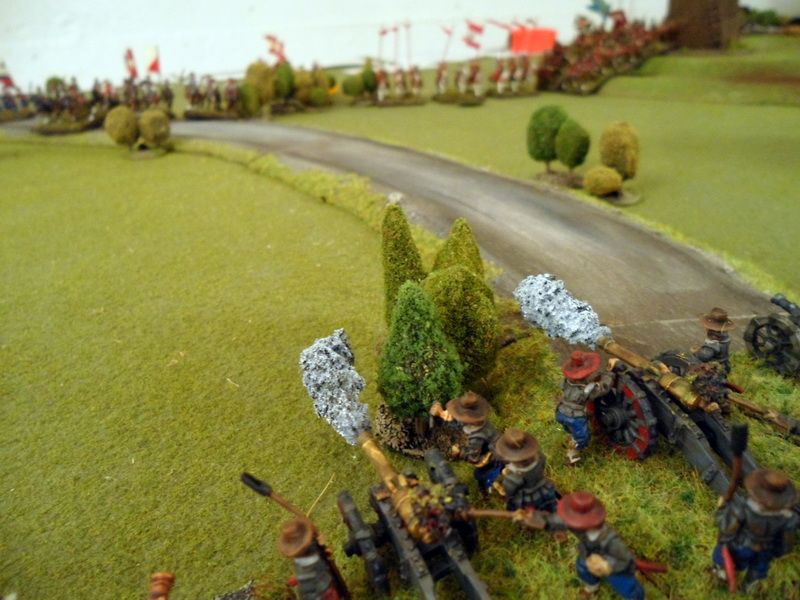
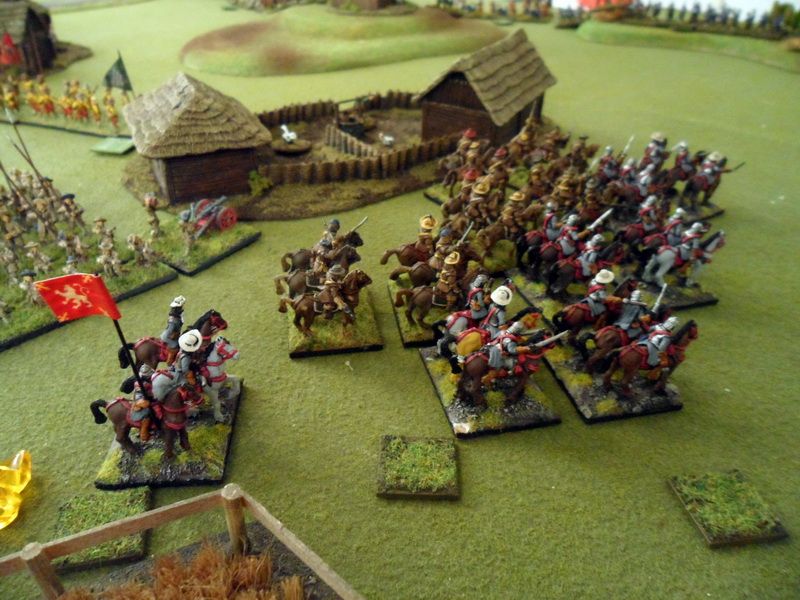
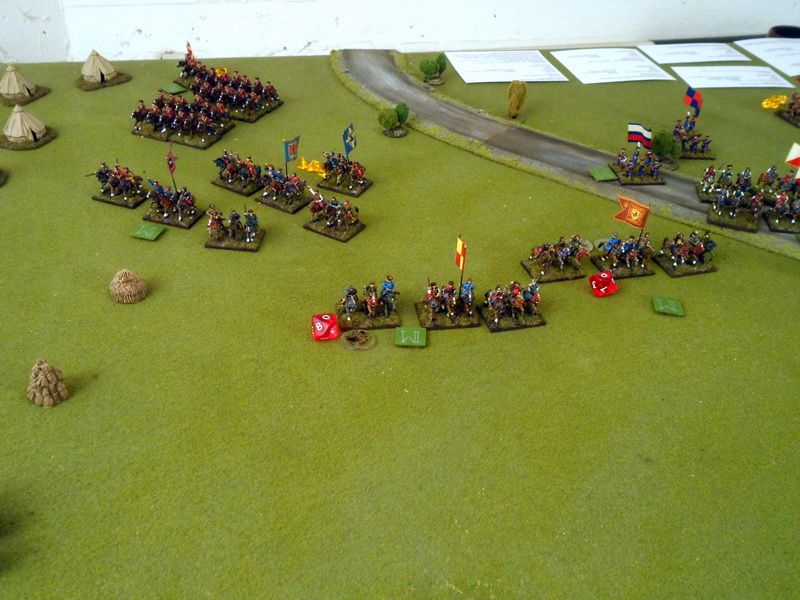

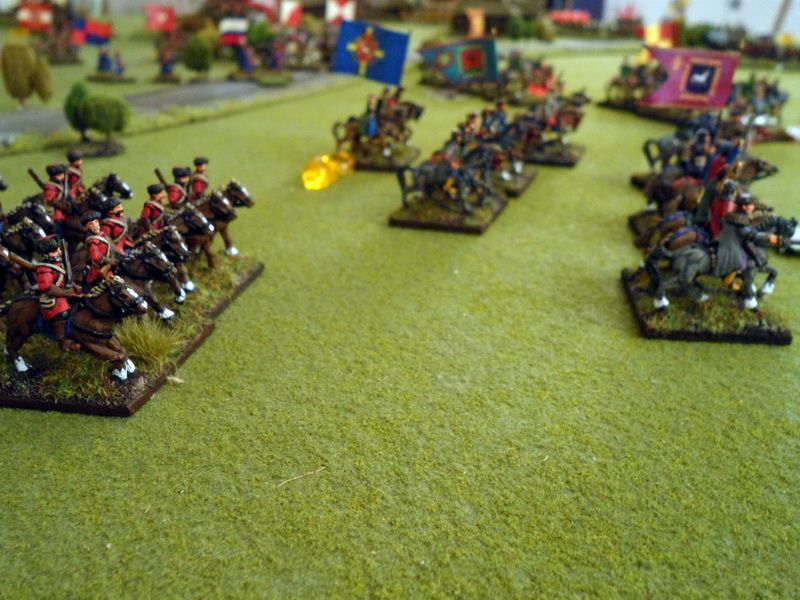
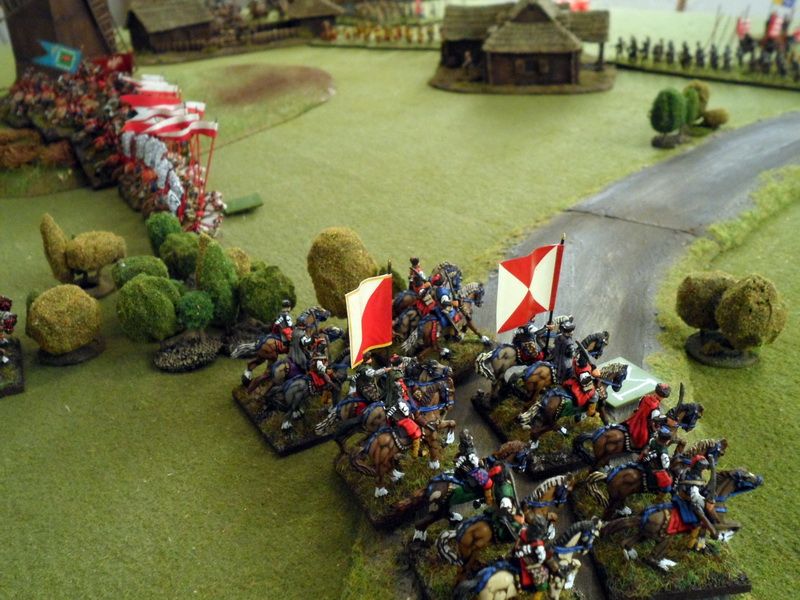
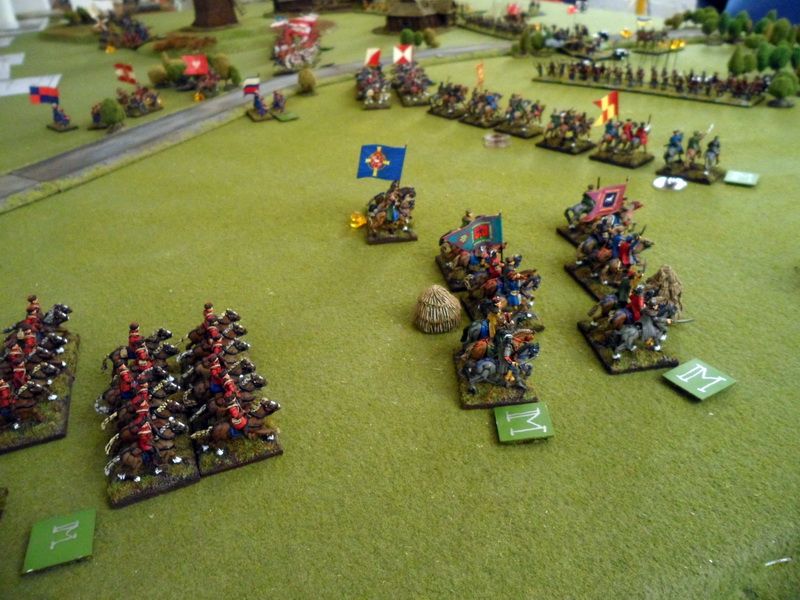

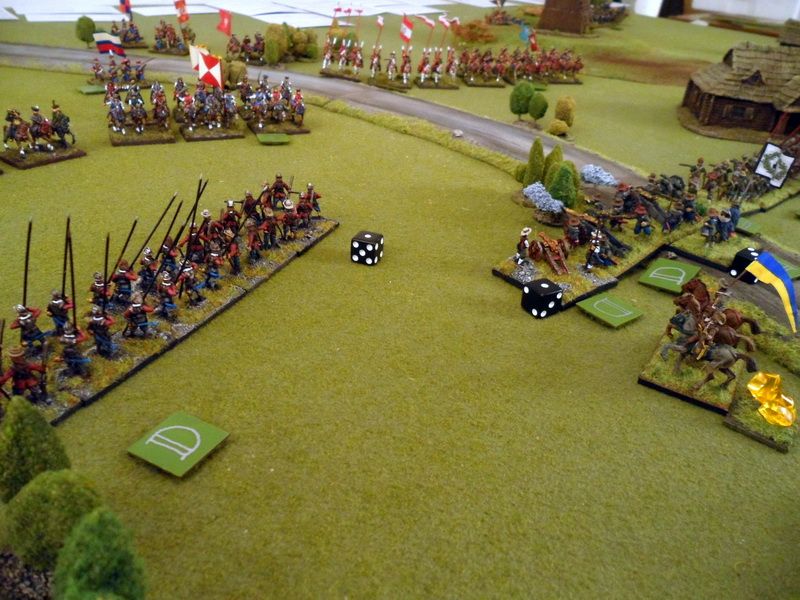

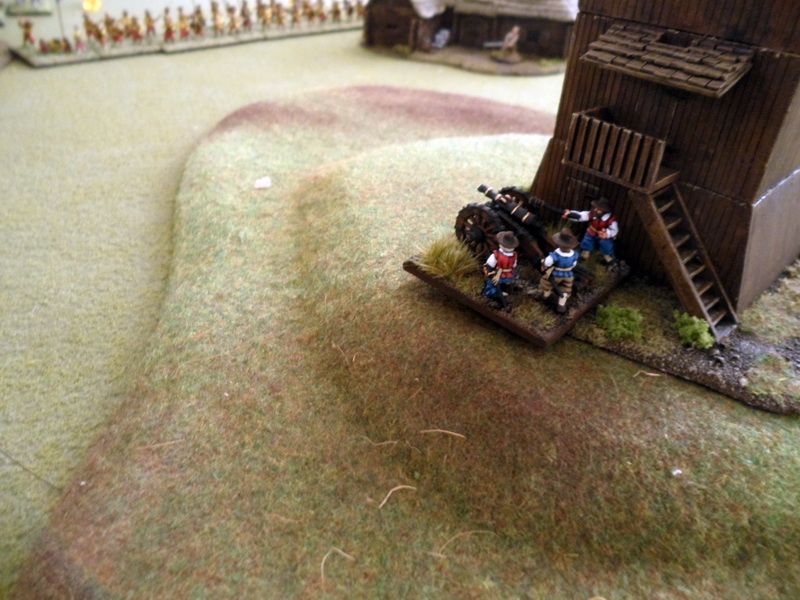


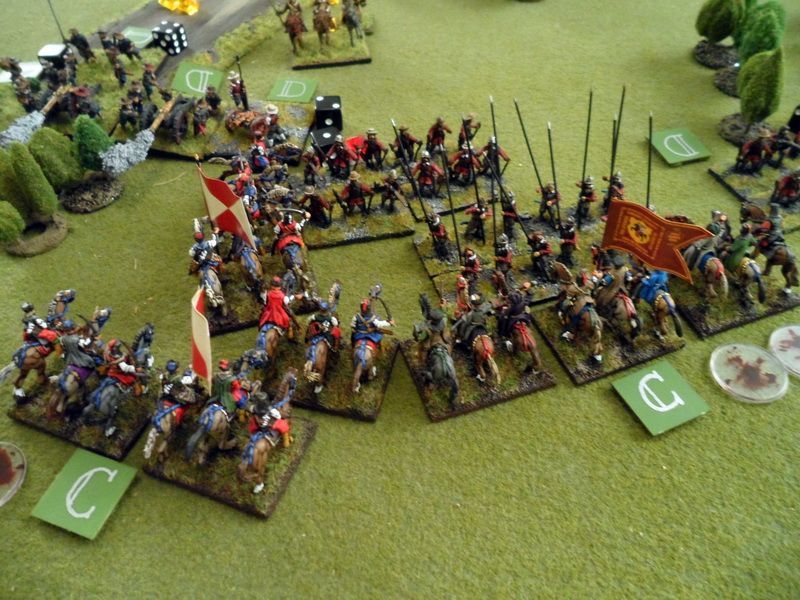
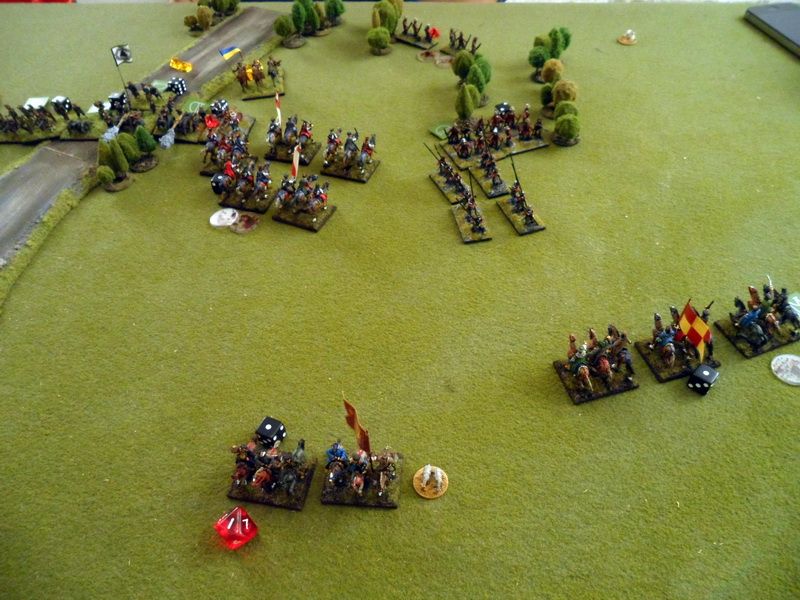
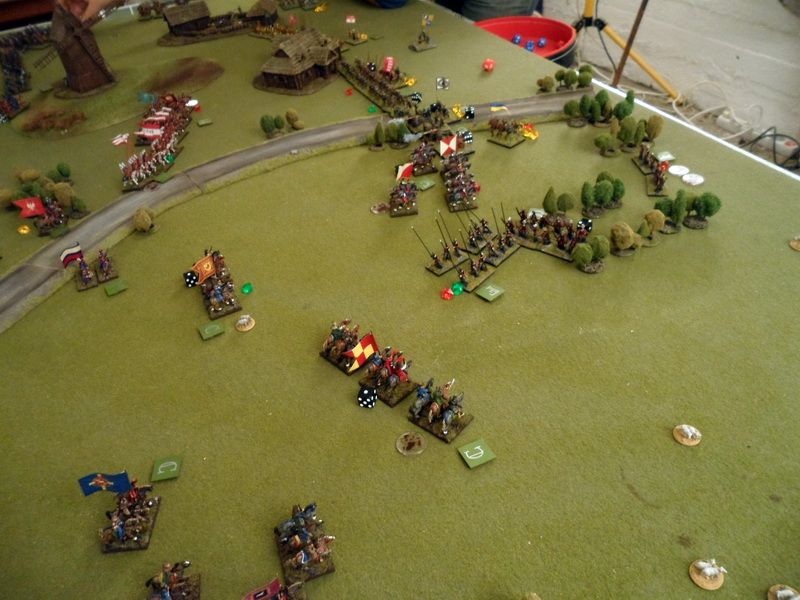




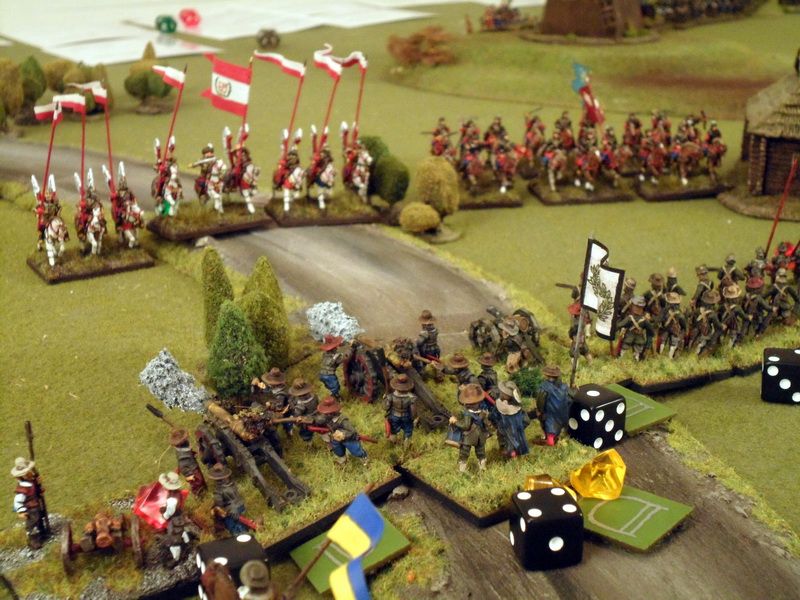

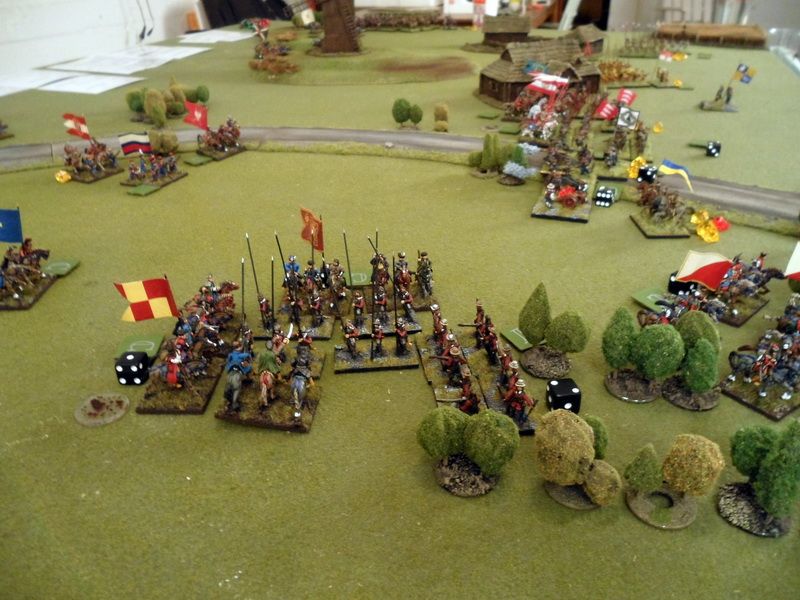


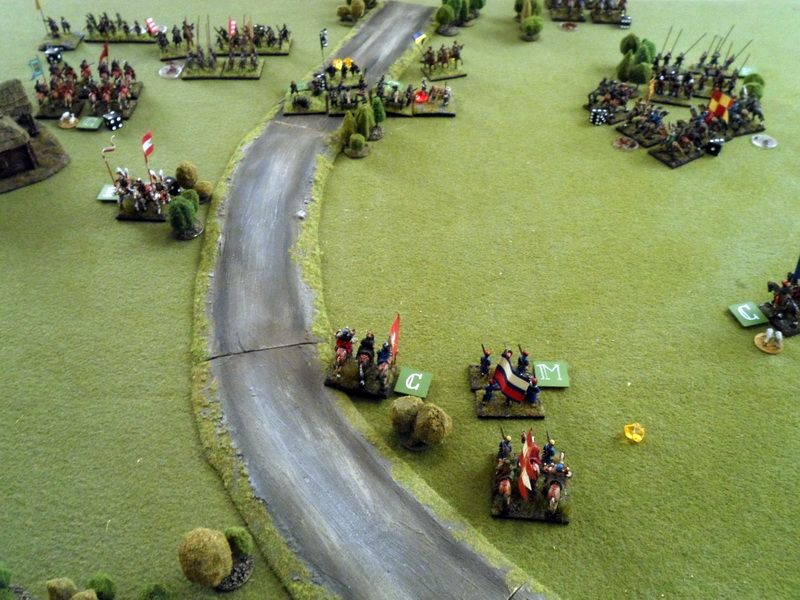

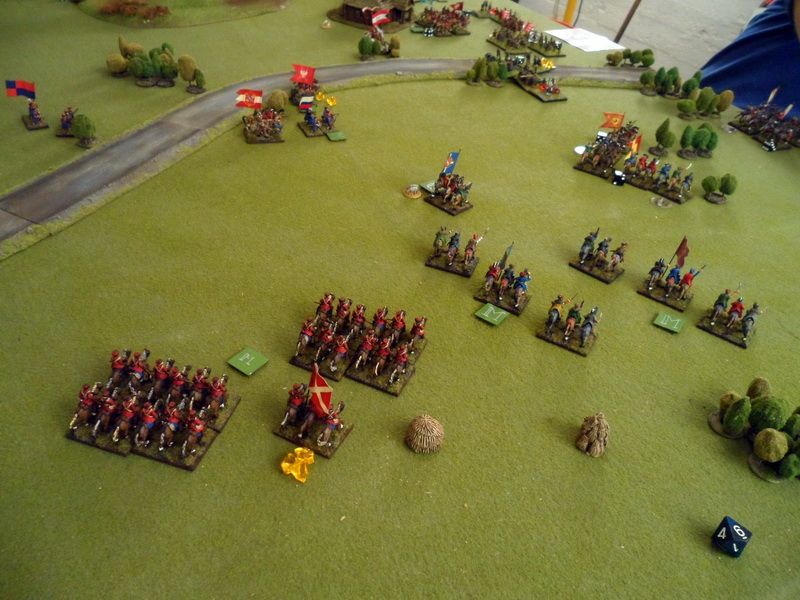
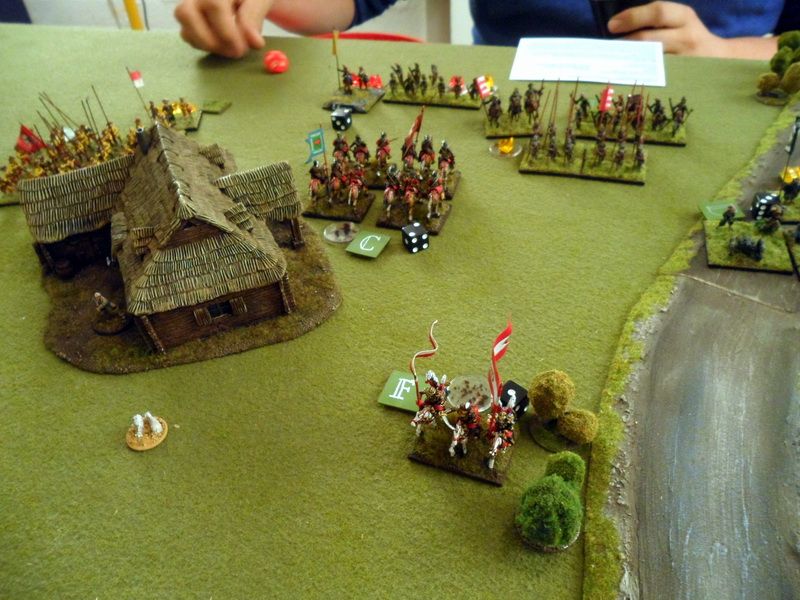
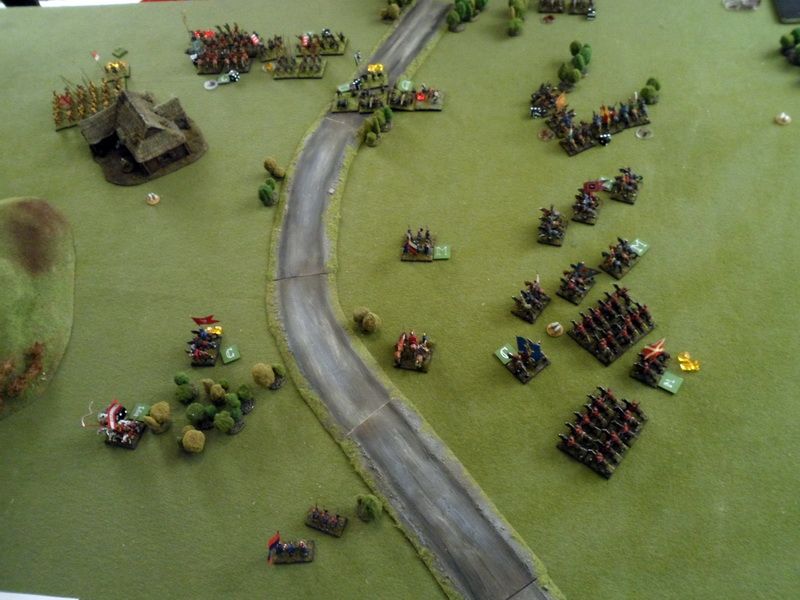
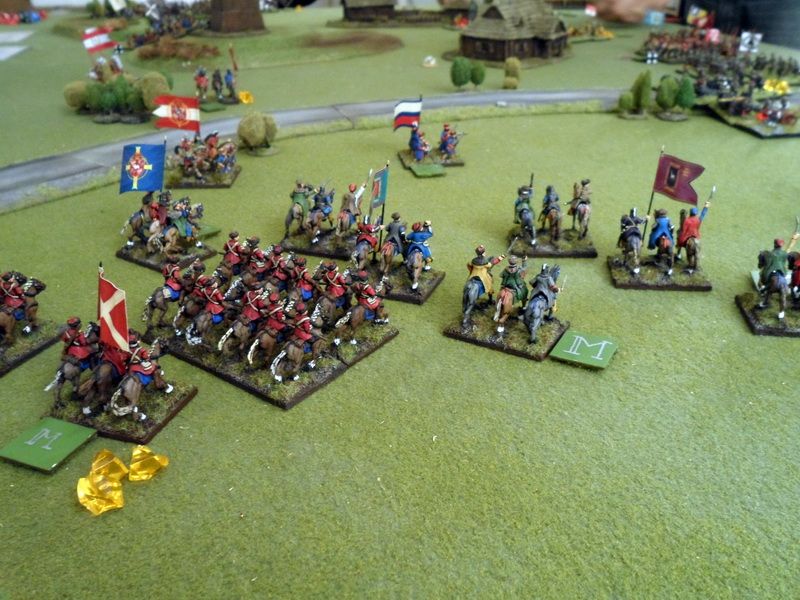

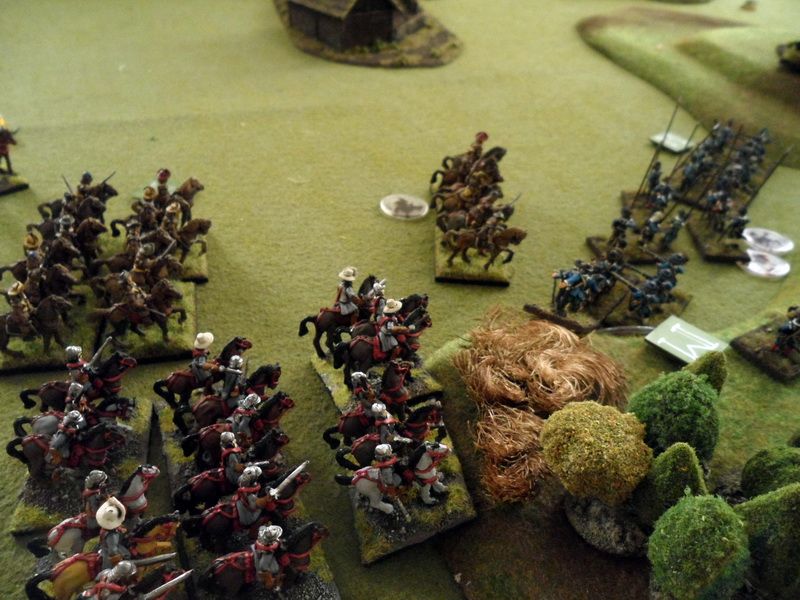

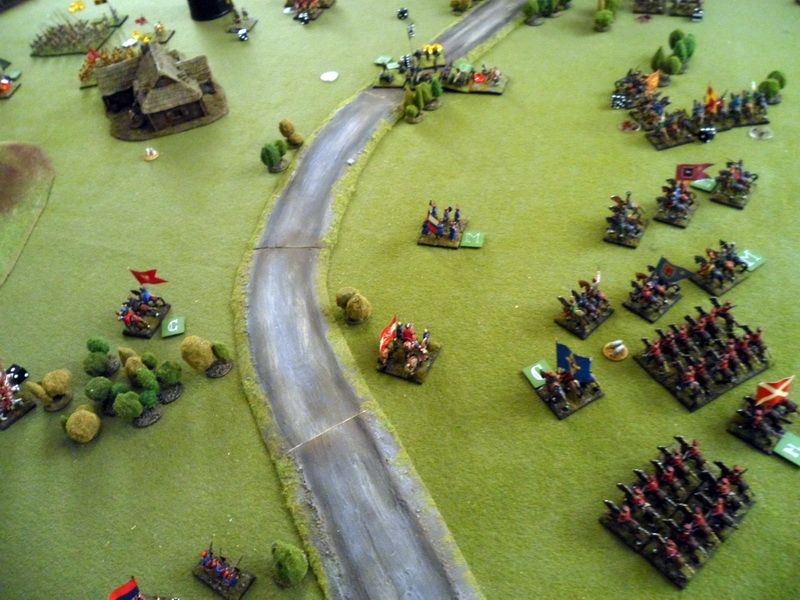

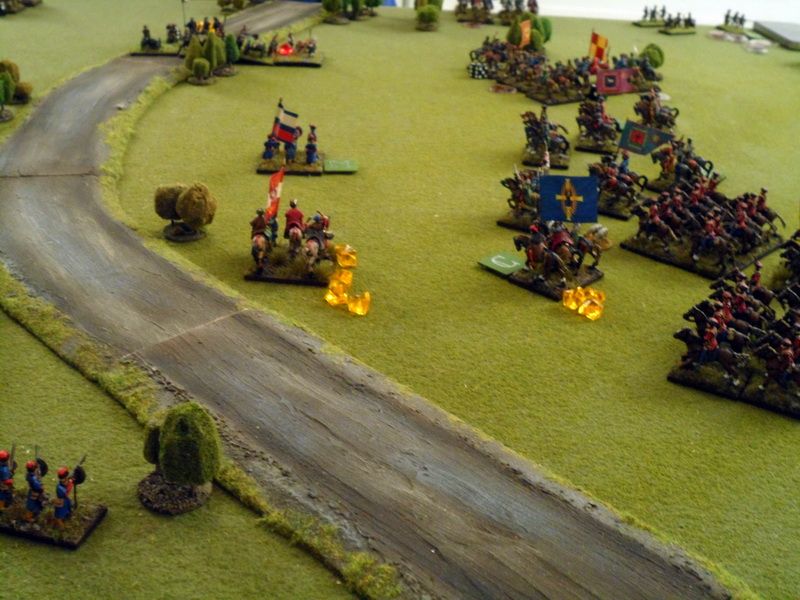
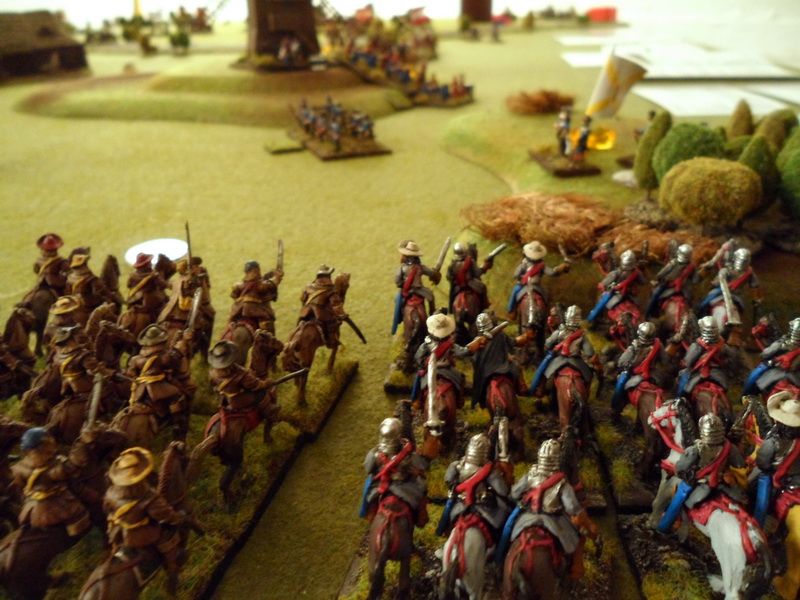


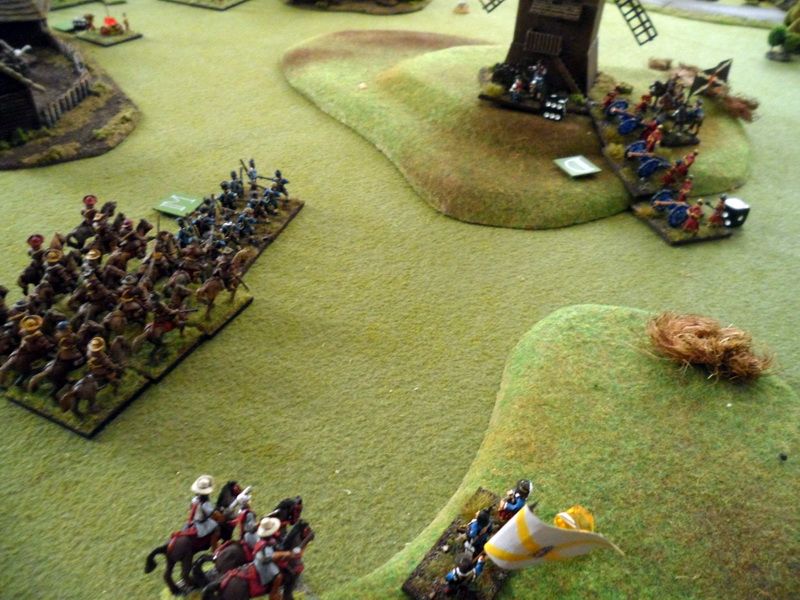

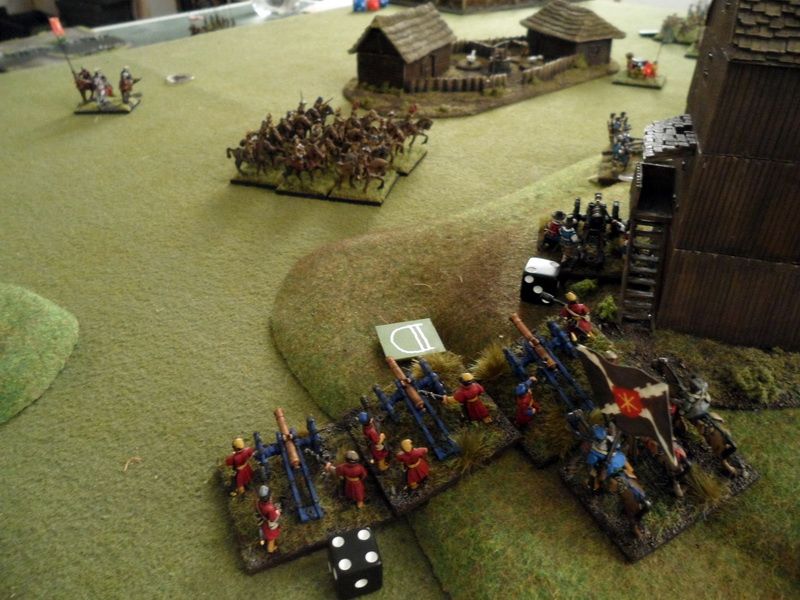

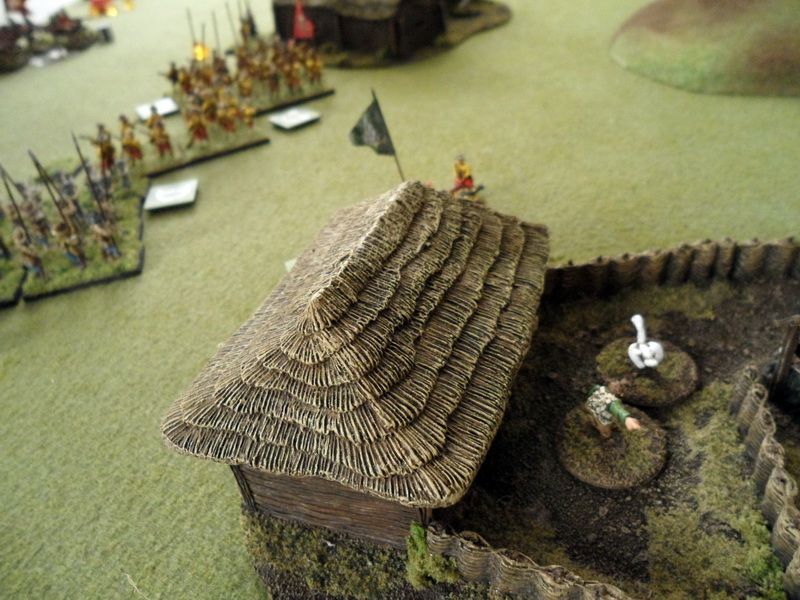
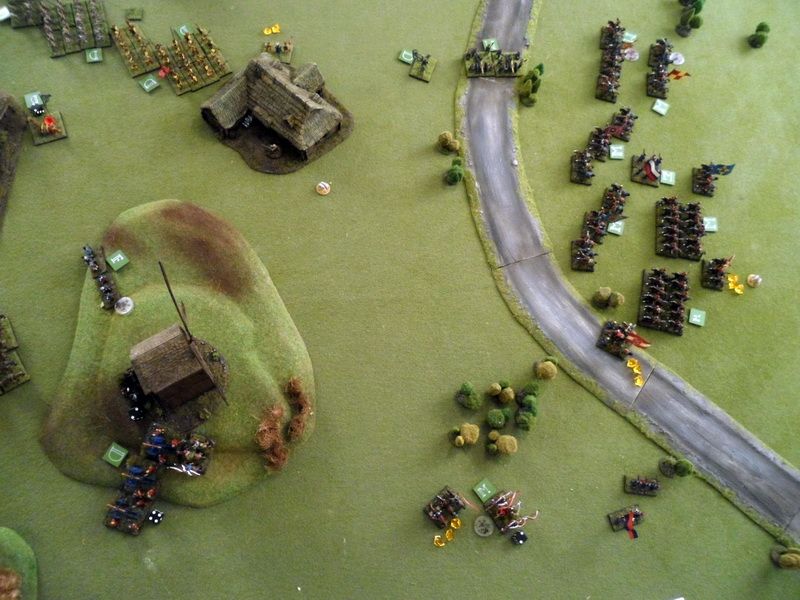
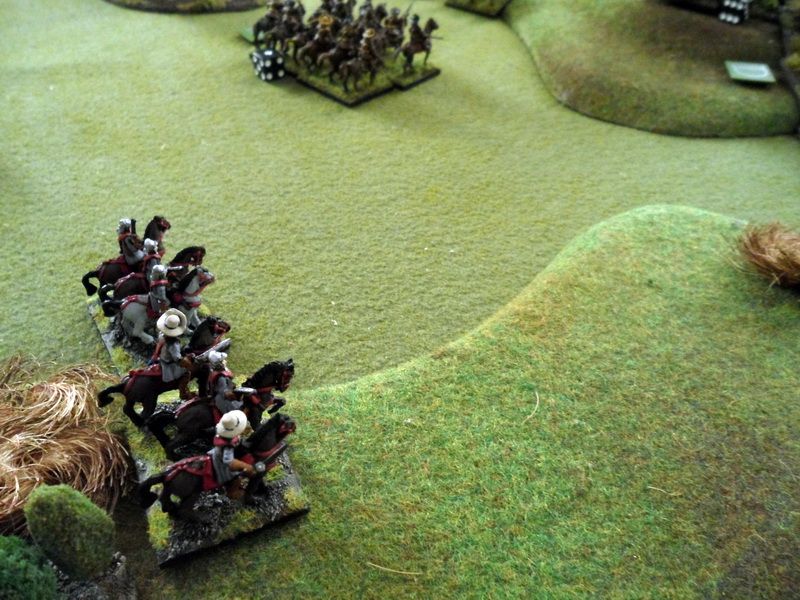
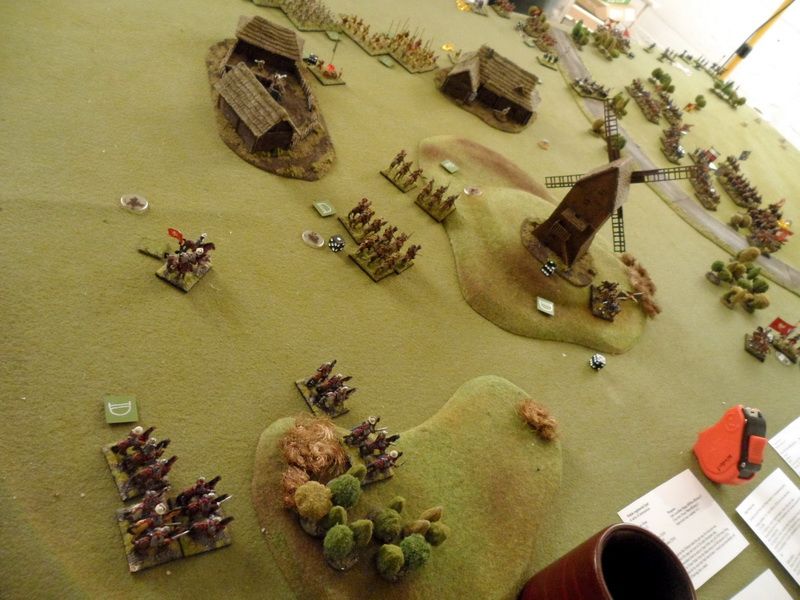

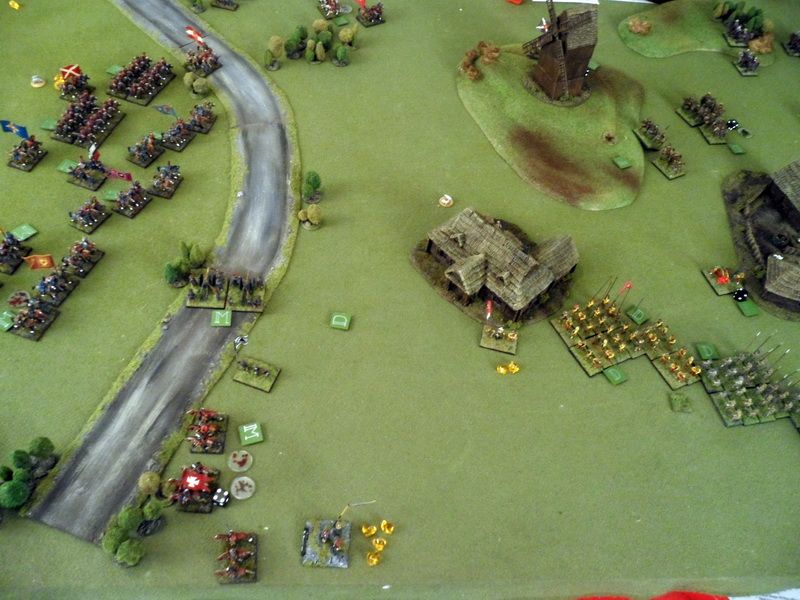
No comments:
Post a Comment